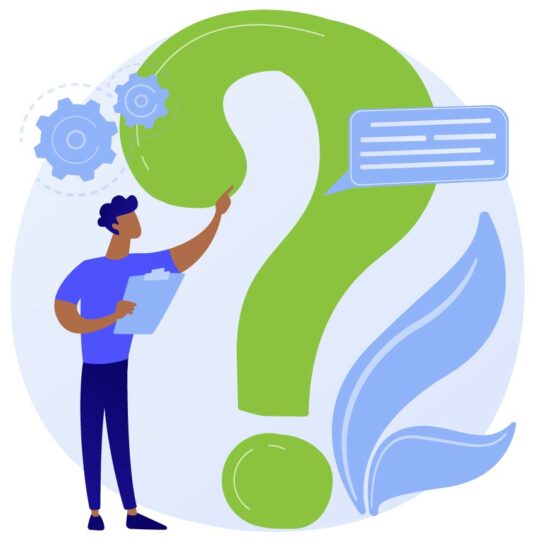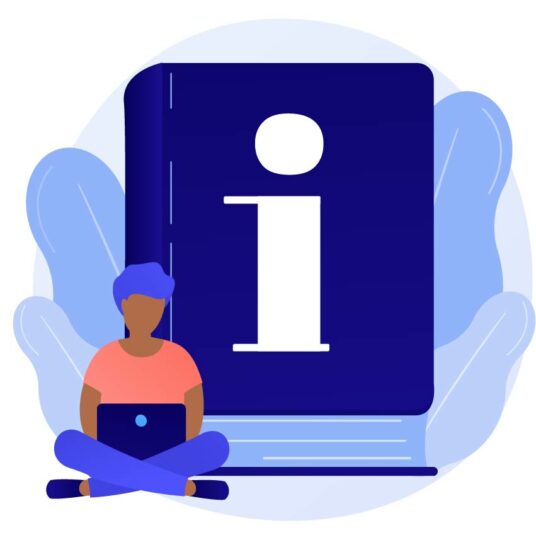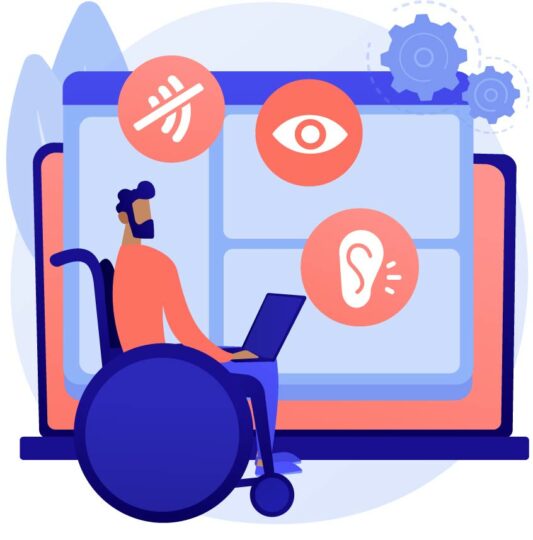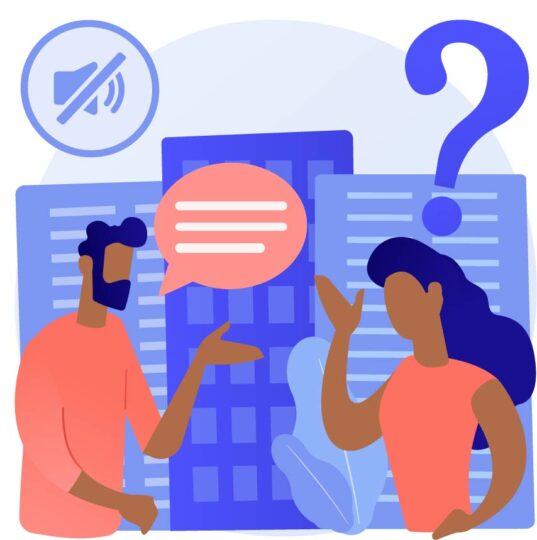Users present a diversity of skills, preferences and abilities; and applications can’t be truly useful unless we consider accessibility.
In this article, we explore how testing with empathy helps us improve accessibility and deliver software that more people can use and love.
I hope to inspire you to think more holistically and compassionately about the people who use your software every day.
By René Thomas
For as long as I can remember, I’ve been an empath with a natural ability to understand what people are feeling. Empathy is my superpower, and I apply it to my role as a software tester.
When approaching a new project, I consider stakeholder requirements and prioritize the end user experience. My primary question is, “How will this impact the user?”
Developers commonly measure an app’s usability by how easily their ideal type of user can operate features and functionality. However, users present a diversity of skills, preferences and abilities; and applications can’t be truly useful unless we consider accessibility.
In this article, we explore how testing with empathy helps us improve accessibility and deliver software that more people can use and love.
What is accessibility testing?

The World Health Organization claims that as of February 2021, there are at least 2.2 billion people globally who live with some form of distance vision impairment. That’s an alarming 28% of the 7.79 billion people around the world.
These statistics don’t include people who are blind, or even those who live with other forms of disability. Probability suggests that many of our potential users exist at this intersection.
Accessibility testing is a type of usability testing that traditionally measures the ease at which people with disabilities and disadvantages can operate applications.
As technology continues to evolve, we’re learning how the principles of accessibility testing can benefit just about anyone — users with color blindness who adjust contrast settings to improve viewing experiences, and food lovers who use Siri to follow recipes while making dinner.
Speech recognition software, custom keyboards, screen readers and magnification are examples of features that deliver ease and convenience. Accessibility is the bridge between all users and satisfying software experiences.
Now that you know what accessibility testing is, let’s talk about what makes software accessible.
The P.O.U.R. method explained

In 2008, the World Wide Consortium (W3C) published a set of Web Content Accessibility Guidelines to help developers build more accessible web content.
Today, W3C’s P.O.U.R. approach is still considered the gold standard for ensuring that web content meets global requirements.
According to the P.O.U.R. approach accessible web content meets the following criteria:
Perceivable
Users are able to make sense of their experience. Developers often make use of various text colors to denote errors and invalid entries in applications, yet color blind users can miss these cues. Perception can be improved by building web pages with obvious contrast between text and background colors.
Operable
This requirement gives users full control of their software experience. For visually impaired users, features like magnification increase readability, while screen readers improve operability for users with hearing impairments.
Understandable
Users understand how to interact with the interface intuitively. Predictable navigation flows and patterns help users access what they need with ease and speed. Understandability can be improved with tooltips and written prompts that nudge users to correct errors (and avoid them).
Robust
Applications are compatible with hardware and software that users with disabilities rely on. Compatibility can be improved by incorporating more assistive features into the user interface.
Accessibility testing in practice

As QA specialists, we have the opportunity to make an impact far beyond functional testing. We must dig deeper and ask, “How would I feel if I were using this in the real world?” and “What can make this a better experience for more people?” Once we have the answers, we then need to advocate for all users by incorporating accessibility features into our apps.
By leveraging our expertise to meet each user where they are, we give them equal opportunity to benefit from the applications we deliver. We can capture a broader, more inclusive representation of our users by investing in assistive technologies and including accessibility tests at the onset of our projects. In return, we earn more traffic, which translates into more revenue and greater loyalty from our users.
- Start by shifting your tester mindset. Redefine the way you think about what makes an app usable. Development isn’t complete simply because it meets stakeholder requirements. Think about the people who are using your software – those are the users you’re really testing for.
- Meet your users where they are. Do your research and try to address as many of their pain points as possible.
- Make accessibility testing a primary consideration, rather than an afterthought. Address usability throughout the life cycle of the project – from development to test execution. Otherwise, you run the risk of leaving a large portion of your user base unaccounted for.
Wrapping Up

While these recommendations are not exhaustive, I hope you’re inspired to think more holistically about the people who use your software every day. Whether the user has a speech impediment, or simply wants to tell Alexa to add bread to the grocery list, accessibility testing can help you develop more accessible and inclusive applications.
If you’re unsure about how to implement accessibility testing into your software development cycle, give us a call! QualityWorks has a team of experts who want to help you put your users first.
Remember, an app isn’t complete if it’s simply user-friendly. You’ll know it’s ready for release when it’s ALL user-friendly. Now, get testing!
About the Author
René Thomas is a Quality Assurance Specialist at QualityWorks with a knack for tapping into the user experience while testing. She has more than three years of experience in tech, working with growing start-ups and legacy organizations across the globe. She’s passionate about advocating for quality in technology and delivering memorable software experiences.
